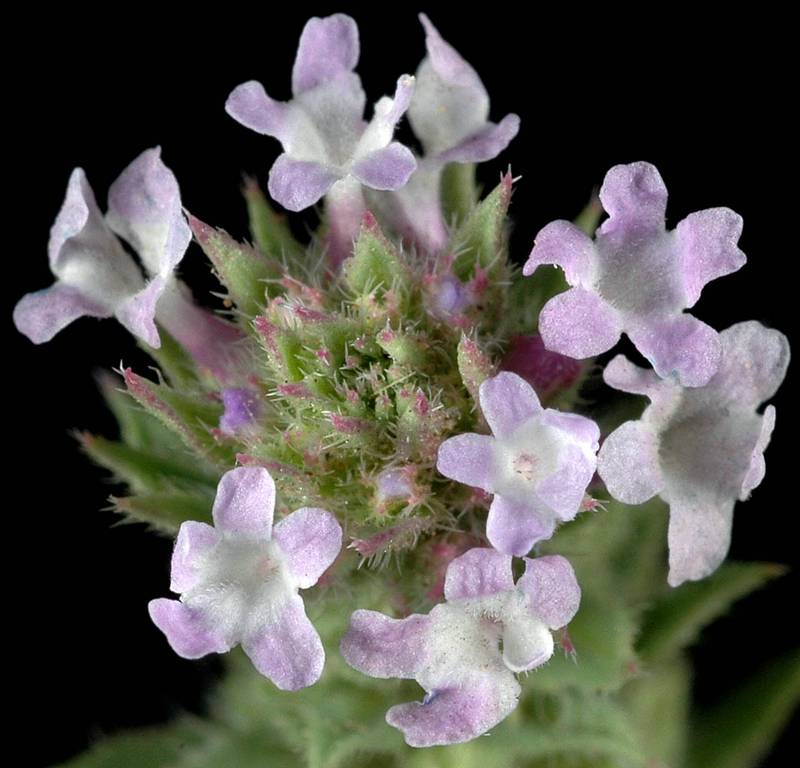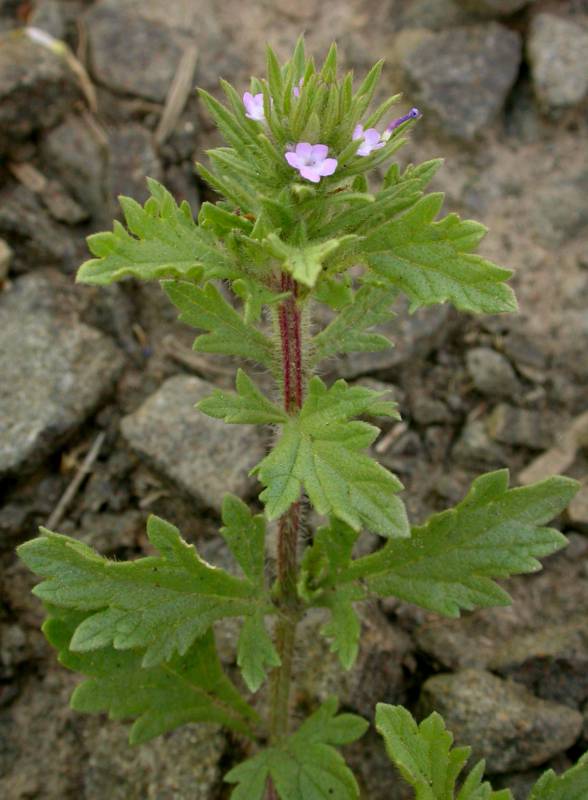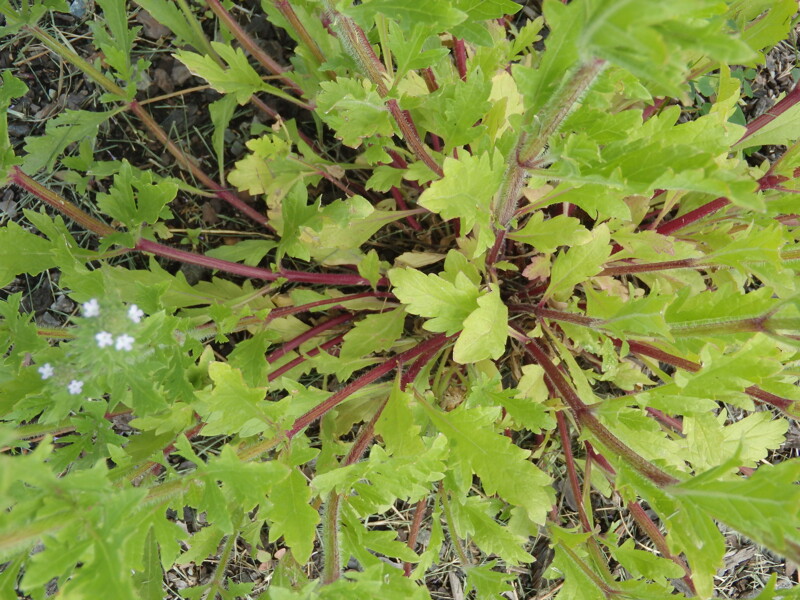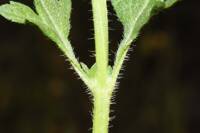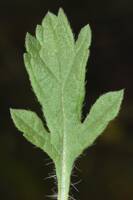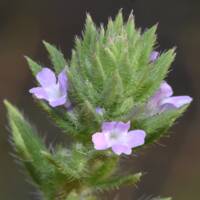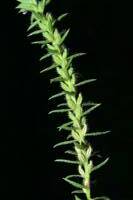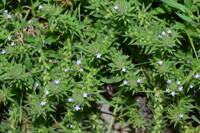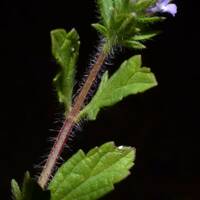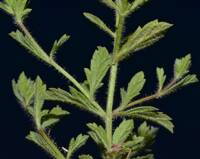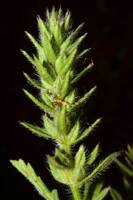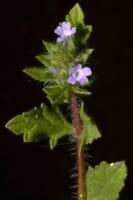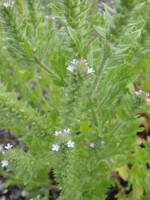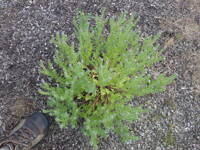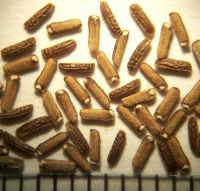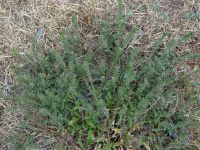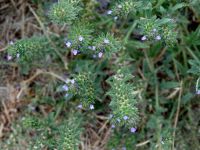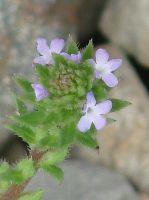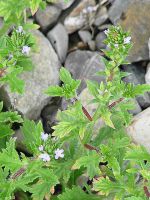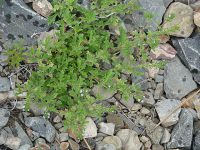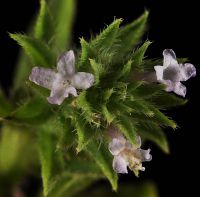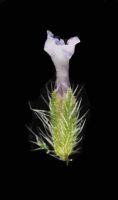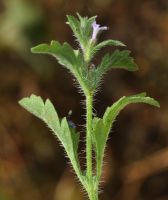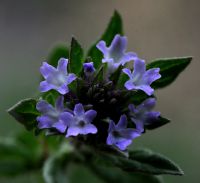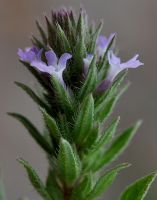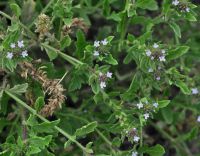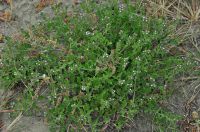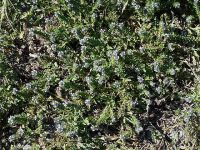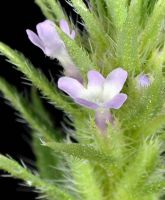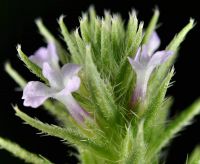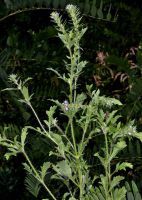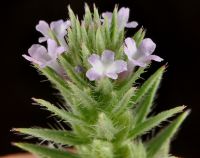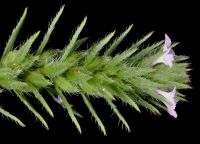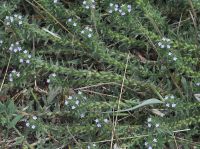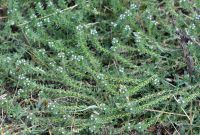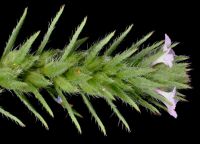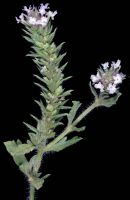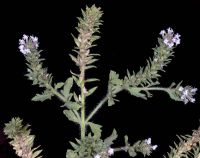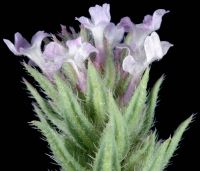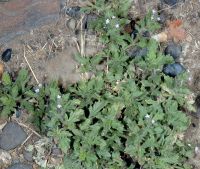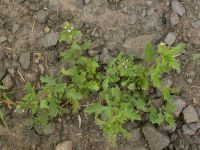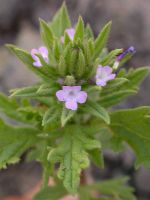Distribution: Occurring chiefly east of the Cascades crest in Washington; British Columbia to California, east across North America to the Atlantic Coast.
Habitat: Disturbed open areas in natural and impacted settings including roadsides and waste lots.
Flowers: May-September
Origin: Native
Growth Duration: Annual, Biennial, Perennial
Conservation Status: Not of concern
Pollination: Bumblebees, bees, butterflies, flies
Taprooted annual or perennial with numerous prostrate or decumbent stems 1-6 dm. long.
Leaves closely strigose with winged petioles, the blade 2-5 cm. long and 1-2.5 cm. wide, irregularly toothed and cleft, often with one or two pairs of lower segments well differentiated from the larger terminal segment.
Inflorescence of racemes terminating the main stem and branches, up to 1.5 dm. long; leaves passing abruptly into the entire, lance-linear bracts of the raceme, these spreading, 5-15 mm. long, surpassing the 2.5-4 mm. calyx; calyx 5-angled and unequally 5-toothed; corolla inconspicuous, usually bluish or pinkish, the tube about 4 mm. long, the flaring limb 2-3 mm. wide; stamens 4; style slender, 2-cleft, only one lobe stigmatic; ovary superior, with 2 carpels, each carpel partitioned into 2 cells.
Fruit dry, separating into 4 nutlets.
Publication: Anales Ci. Nat. 4(12): 260-261. 1801.
PNW Herbaria: Specimen records of Verbena bracteata in the Consortium of Pacific Northwest Herbaria database
WA Flora Checklist: Verbena bracteata checklist entry
OregonFlora: Verbena bracteata information
E-Flora BC: Verbena bracteata atlas page
CalPhotos: Verbena bracteata photos

